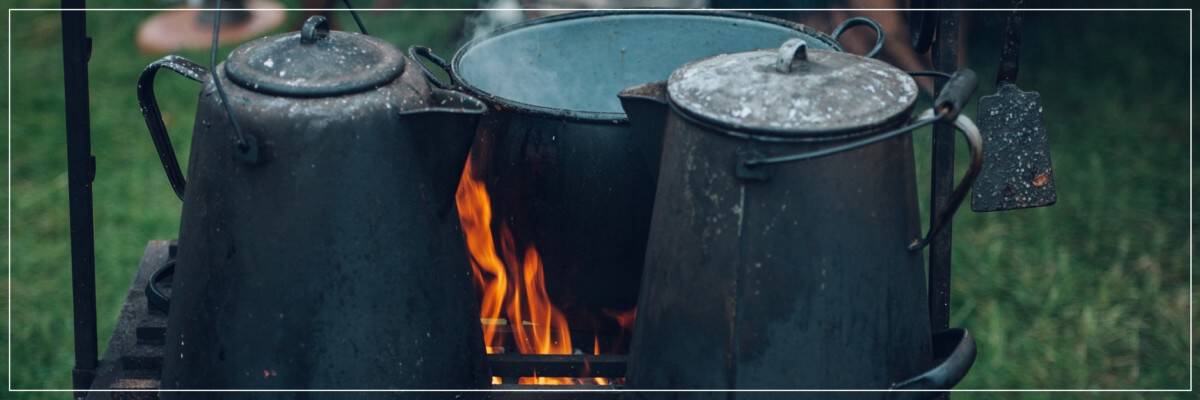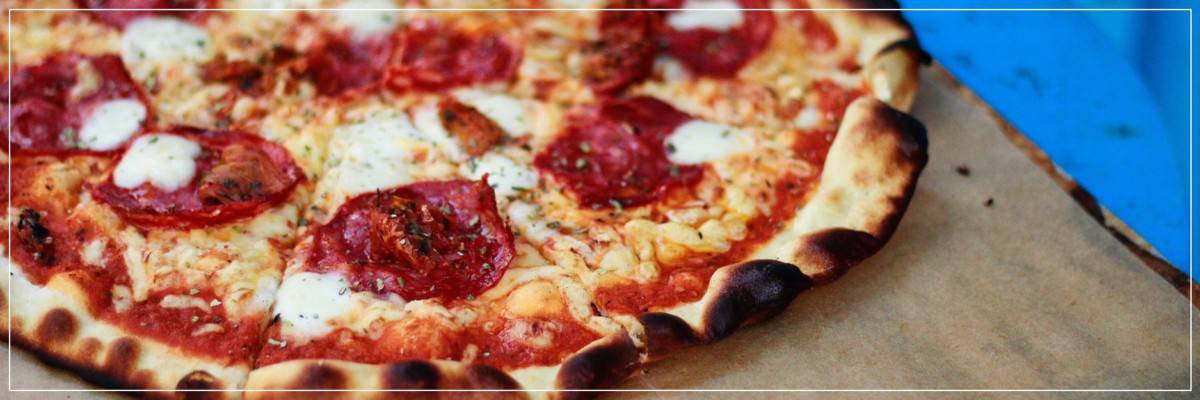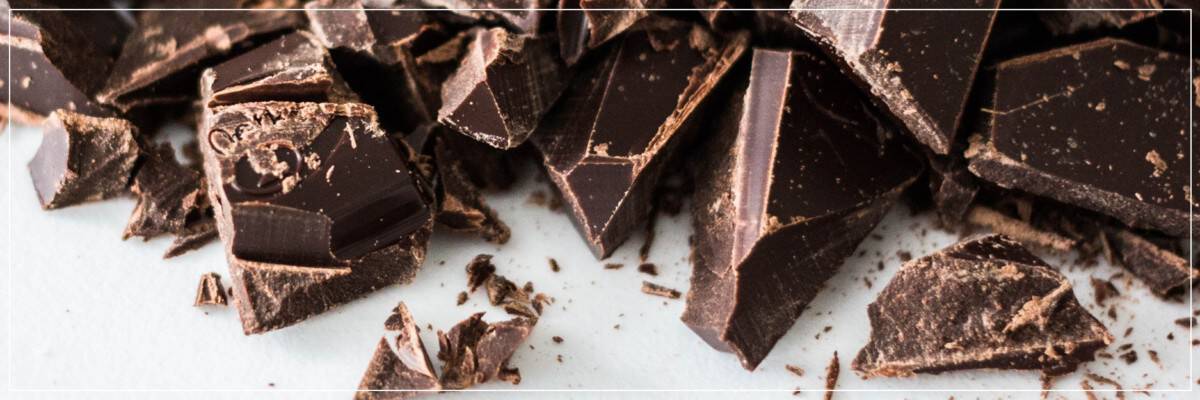
Before climbing, I would usually hop online for some inspiration on the type of food I should pack. But all I could find were bits of advice telling me the number of calories I should be eating. Or the percentage of protein or carbohydrate I need. I don’t (and don’t know how to!) count these things.
All I want is a list of quick and easy meals so that I don’t end up eating canned tuna on crackers and bread every day.
So I decided to compile a list of mountain climbing food ideas I can always come back to.
And I will now share them with you here! (You are welcome!)
Some Considerations Before Deciding On What Food To Pack
If you are climbing with a guided expedition, your main meals are typically provided for. In such cases, all you have to pack are just some snacks and drinks for your own enjoyment.
Otherwise, here are a couple of things to keep in mind when you are selecting the type of food to pack for your climb:
- Do you need a lot of variety in your meals or can you eat the same thing day after day?
- How much time do you have to eat?
- Are you planning to sit down for proper meals or will you be eating along the way?
- How miserable will you be without any hot or proper food?
- Eating energy bars or cold prepacked food can be quite unappetizing after some time. Especially if you are cold and tired on a mountain.
- Don’t just focus on convenience, you might be kicking yourself up in the mountain!
- Are you packing food that you enjoy eating?
- If you don’t enjoy eating something at home, you are not going to enjoy eating it in the mountains.
- I am not a huge fan of energy bars and granolas. But I often pack them along because it seems like the type of food I should be eating. And I always end up bringing most of them back down the mountain with me.
- Are you packing more than your usual meal portions?
- You are going to be hungrier than you think. Hunger is no fun in the mountains. Fatigue and weakness are also dangerous during a climb.
- And if you can’t finish your food, there’s always plenty of people around eager to help you out with that.
- How high will you be climbing?
- At high altitudes, your body will focus on providing blood and oxygen to your vital organs. There are fewer resources available for digestion. You should eat smaller meals more frequently. And avoid too much protein which is harder to digest than carbohydrates and sugar.
- At high altitudes, cooking takes a longer time and uses up more fuel.
- At high altitudes, your body will focus on providing blood and oxygen to your vital organs. There are fewer resources available for digestion. You should eat smaller meals more frequently. And avoid too much protein which is harder to digest than carbohydrates and sugar.
- How much time and effort do you want to spend cleaning up?
- If your food requires cooking, it would also mean you need to spend more time washing up pots, pots, cooking utensils etc.
- Cleaning up after messy or sticky is also tough on the mountains when there is limited water supply.
- Even if you are willing to spend the extra time, how about your fellow climbers? Are they willing to spend the additional time as well?
- How much stuff and weight are you willing to carry?
- Some people are very particular about the calorie to weight ratio of their food. Food like nuts is a climber’s favorite since they are light and yet high in calorie.
- Cooking also requires extra equipment such as portable stoves. Do you want to be carrying this extra weight?
- Some items, such as pots and pans, might not be heavy but they can be quite bulky. These are not the most convenient items to carry around.
Maintaining A Healthy Balanced Diet
Generally, you don’t have to worry too much about maintaining a super balanced diet during a climb. Especially if it lasts for less than 2 to 3 weeks.
It is more important to focus on eating enough calories for climbing. You need to also drink enough water to keep a healthy bowel movement.
Here are some quick guidelines on the various food nutrients:
Carbohydrates
This should make up about half of all your meals. They are a good source of energy. As mentioned earlier, carbohydrates are easier to digest than protein. This is especially important for climbs at high altitudes.
Sources of carbohydrates include bread, rice or noodles.
Protein
This should make up about a quarter of all your meals. Protein helps to repair and build muscles.
Sources of protein include meat, beans or tofu.
Fats
This should make up about a quarter of all your meals. Fat is another good source of energy. Go for healthy and unsaturated fats.
Sources of good fats include nuts, sardines or olive oil.
Potassium and Sodium
If you are sweating a lot, a lack of salt in your body could lead to cramps.
Sources of potassium and sodium include bananas, energy drinks or salty chips.
Iron, Calcium and Zinc
Intense physical activity and high altitudes can deplete these nutrients in your body.
Sources of iron, calcium, and zinc include jerky, canned beans, cereals or grains.
Mountain Climbing Food Ideas
Food That Can Last A Day Or Two
Unfortunately, the lack of refrigeration reduces our food options dramatically.
But for the first two days of your climb, you can consider preparing some cooked some meals at home.
I’m not much of a chef so I go for recipes that are easy to cook and take 30 minutes or less.
Bread

- French toast
- Recipe here.
- Bagel/ bread with your favorite spread
- Hummus
- Cream cheese
- Sandwich/ burger/ wraps with any combination of favorite ingredients
- Meat slices (chicken, turkey, ham, salami…)
- Meat patties (pork, beef, chicken, fish…)
- Sausages
- Cheese
- Vegetable patties
- Vegetables
- Any deli bread or pastries
- Leftover pizzas
Noodles
Pasta
Noodles
.
- Stir Fried Noodles
- Chilled Rice Noodles with Salmon
- Recipe here.
Quick tips:
- You can use ramen noodles in any of the recipes above. Just cook the noodles in hot water without any of the prepacked condiments and sauce.
- Avoid creams or cheese in the pasta which might go bad more quickly.
- Keep to dry noodles recipes. You don’t want to be eating soggy noodles.
Rice

- Onigiri (Japanese Rice balls)
- A more fuss-free alternative to sushi. Just wrap any filling you like in a ball of rice it’s done! It can even be eaten on the go!
- Recipe here.
- Fried rice
- Rice bowls
Quick tips:
- Ensure all eggs in your food is thoroughly cooked. Half cooked eggs go bad easily.
Meats
A combination of any of the following meats and sides:
Meat and Fish
- Baked Chicken strips
- Recipe here.
- Grilled chicken
- Recipe here.
- Baked Garlic Lemon Salmon
- Recipe here.
- Sausages Meatballs
- Recipe here.
Sides
- Fresh vegetable sticks
- Roasted hardy vegetables like asparagus, broccoli
- Roasted or baked potatoes
- Chips
Quick tips:
- If you are short on time, there are plenty of instant or frozen options you can buy. These are not the most healthy food choices but they make for some good guilty indulgence (frozen fish and chips, fried chicken, meatballs, sausages etc).
Salad
Fruits
- Apple with peanut butter
- Banana
- Berries
- Grapes
- Oranges
Food That Can Last More Than 3 Days
After the first 2 days, you will have to settle for eating non-perishables or food that you can cook or reheat easily.
Cereals and Grains
- Breakfast cereal
- Oatmeal, granola, muesli with honey or maple syrup and cinnamon
Pancakes
- Pancakes honey or maple syrup and cinnamon
- Pancakes with canned or dehydrated fruits
Bread
- Bread with olive oil dip
- Bread with canned or instant soup
- Sandwich/ burger/ wraps with any combination of your favorite ingredients:
- Canned meats such as spam, tuna, sardine
- Dehydrated meat such as jerky, salami
- Summer sausages (sausages that can be kept without refrigeration)
- Canned beans
- Canned vegetables
- Egg (fried, scrambled, boiled)
- Peanut butter and jelly
- Nutella
Quick tips:
- To help bread last longer, toast it in the oven till it is crispy. This dehydrates the bread and makes it last longer.
- For more awesomeness, toast it with butter or garlic.
- Some canned food like tuna also come in plastic packaging which is lighter and less bulky.
- Avoid cans where possible since you would also need to bring the bulky waste back down the mountain.
Noodles
- Instant ramen noodles
- Pasta and ready-made pasta sauce (you can also substitute pasta sauce with instant soup packets for greater variety)
Rice
- Instant rice
- Instant porridge
Potatoes
- Instant mash potatoes
Ready to eat meals
- Variety of rice, meats, soups, curries etc
Fruits
- Dehydrated fruits
- Fruit chips
What Are Ready To Eat Meals?
Ready to eat meals are a lifesaver for campers and survivalists everywhere. They can usually last for years so you don’t have to worry about them going bad.
Ready to eat meals are usually found in individual servings. This makes it is very convenient for packing and cooking.
However, they are usually pricier than your other food options.
There are 3 broad categories of ready to eat meals
- Dehydrated food
- Freeze dried food
- Meal Ready to Eat (MRE): These are prepared food that you can open and eat immediately. They are typically used in the military.
Here are a few key differences between them:
| Meal Ready to Eat | Freeze dried food | Dehydrated food | |
| Preparation | Can be eaten as is. No reheating or addition of water required. | Requires the addition of hot water. | Needs to be cooked in hot water until they are properly hydrated. |
| Use of fuel | Does not require any fuel. | Requires some fuel for boiling water. | Requires more fuel for cooking. |
| Time required | Ready to be eaten instantly. | Requires time for boiling water. | Requires the most time for cooking. |
| Nutrients | Retains almost all of its nutrients. | Retains almost all of its nutrients. | Retains about half of its nutrients. |
| Weight | Heavier. | Lightest. | Heavier. |
| Flavor and taste | Retain more flavor and taste. | Retain more flavor and taste. | Retain less flavor and taste. |
| Shelf life | Shelf life about 1 to 3 years. | Can last up to 30 years, depending on the type of food and manufacturer. | Can last up to 15 years, depending of the type of food and amount of dehydration done. |
| Where to buy | Might not be readily available. Can be found online in selected countries. | Can be found in big supermarkets and sporting shops. | Can be found in big supermarkets and sporting shops. |
Snacks And Drinks

Other than your main meals of the day, snacks and drinks are also critical in keeping your energy up and boosting morale.
Sweet Snacks
- Chocolate
- Dehydrated fruit e.g. Mango, apricots, or apples
- Trail mix
- Energy bars and gels
- Cookies
- Sweets
Savory Snacks
- Hard-boiled eggs (sprinkle some salt and pepper for flavor)
- Chips
- Nuts
- Jerky
- Pretzels
- Crackers
- Smoked cheese
Drinks
- Low-fat evaporated, canned or dry milk
- Instant drink mixes
- Tea
- Coffee
- Juices
- Energy drink/ electrolyte tablets
- Cocoa or chocolate
- Protein powder
Eating Before A High-Intensity Activity Or Bedtime
Avoid eating large meals before any high-intensity activities such as vertical climbing. Also, avoid eating lots of proteins and fats. High-intensity activities slow down digestion and could cause stomach problems.
Likewise, eating heavy meals before you sleep will it harder to get proper rest. Try to eat your heavy meals 1 to 2 hours before sleeping.
Read: How To Improve Sleep When Climbing At High Altitude
On the flip side, you won’t have enough energy if you skip your meal before a high-intensity activity.
This is especially critical in the early mornings when you may not feel like eating. At least eat an energy bar or drink a high-calorie drink. Eat small snacks along the way.
Likewise, no matter how tired you feel at the end of the day, do not skip dinner. This is the chance for your body to recover and replenish its energy. And if you skip dinner, you will most likely wake up in the middle of the night starving.
Cooking At High Altitudes
There is one thing you should be aware of when cooking in high altitudes. At high altitudes, the air pressure is lower.
This lowers the boiling point of water. Water boils at temperatures lower than 212 F (100 C). Cooking generally takes a longer time in the mountain.
Because of that, you will need more fuel to cook as compared to what you would need at sea level. So avoid items that need a long cooking time and remember to pack an adequate amount of fuel.
Tips For Packing Food
- If you are climbing in an area with bears or other wildlife, make sure you pack your food and rubbish in bear canisters or airtight containers. (Read more about the dangers of encountering wildlife during your climb).
- Pack your food into one meal portions. This saves time when eating in the mountain and makes sure you don’t run out of food or end up with too many leftovers.
- Keep the bread and ingredients of your sandwich separate. This prevents the bread from turning soggy.
- Remove unnecessary packaging such as boxes.
- Avoid bulky packaging. Choose packets and pouches over cans.
- Make sure your canned food comes with a tab for opening. Otherwise, make sure to pack a can opener.
- Pack sauces and syrups in small ziplocks.
- Always keep some small snacks like chocolates and cookies in your pockets.
- Line your food containers with aluminum foil or cling-wrap for easy cleanup.
What Is A Safe Temperature Zone For Food?
For perishable food, it is advisable not to keep them at temperatures 41 to 140 F (5 to 60 C) for longer than 2 hours.
Food-borne bacteria can multiply rapidly at these temperatures. This is especially so in the range between 70 and 117 °F (21 and 47 °C).
In the mountains, it is better to be safe than sorry. Having the runs in the mountains is going to a nightmare. If it is serious, it might even be life-threatening.
How To Pack Food For Hot Weather
Unfortunately, hot temperatures will make any perishables go bad very quickly.
You can use insulated bags or containers to help maintain a cooler temperature. Place your food in the mid area of your bag to slow down any heating from the sun. This might give you a couple of extra hours.
Related Questions
How many calories do you burn climbing a mountain? At a minimum, hiking on a fairly flat surface will burn about 300 to 600 calories per hour. On top of that, the calories burned will vary significantly based on a large number of factors:
- The overall intensity of the climb: are you mainly hiking or doing intensive rock or ice climbing?
- The speed of the climb: are you strolling or speed walking?
- The inclination of the climb: is the route gently inclined or steep?
- Type of terrain: is it rocky, sandy or icy?
- Your weight
- The weight of the backpack and other equipment you are carrying
